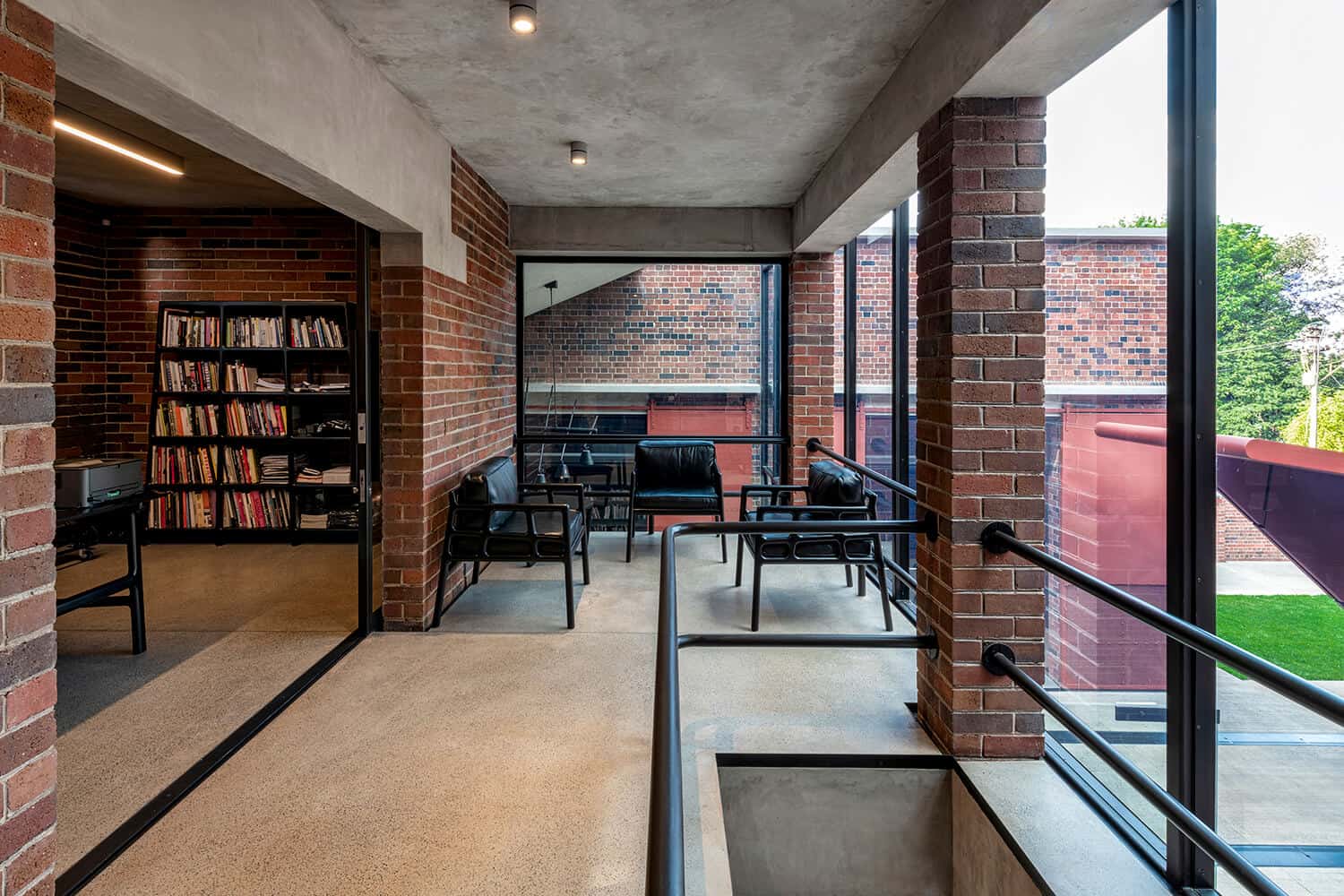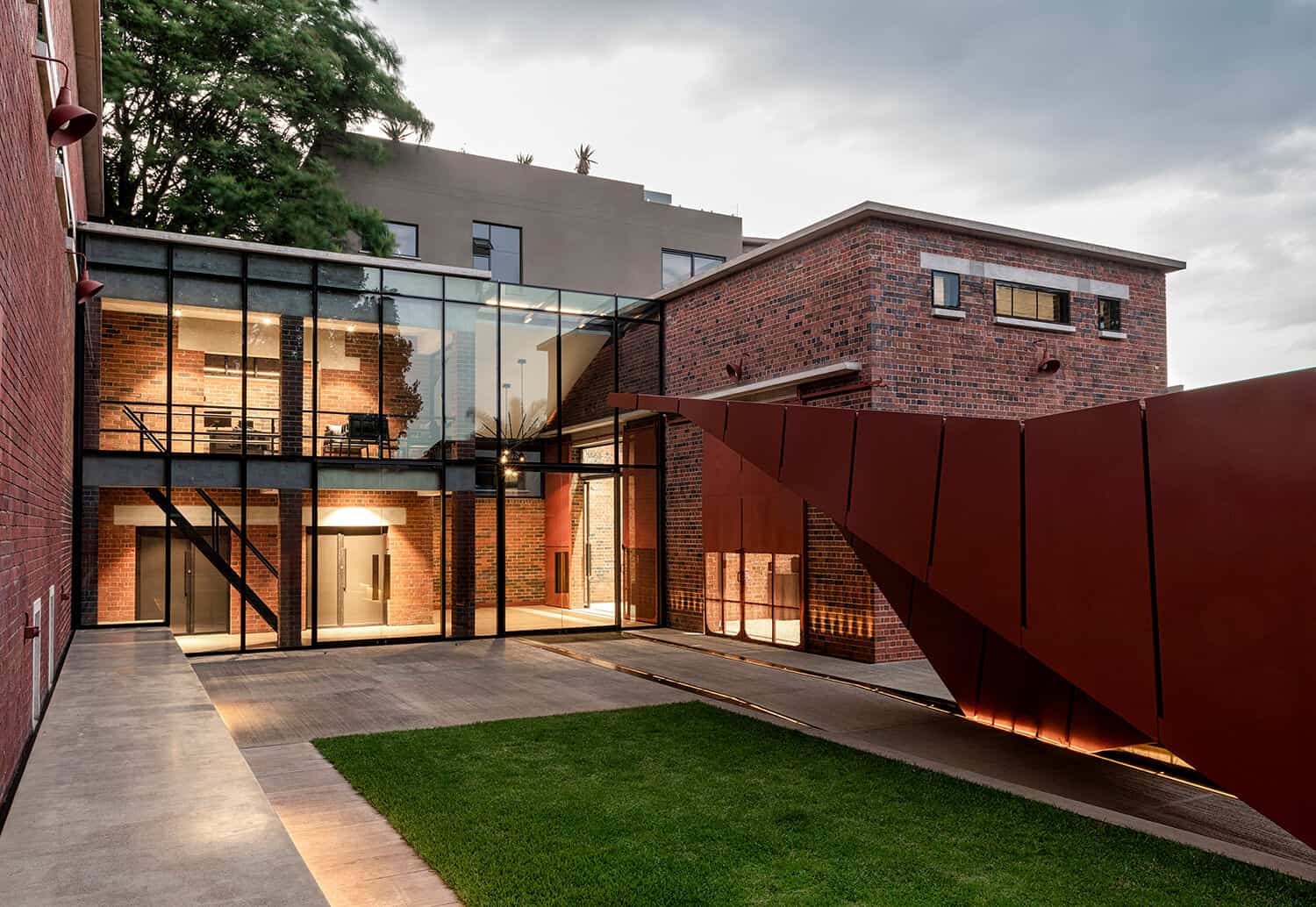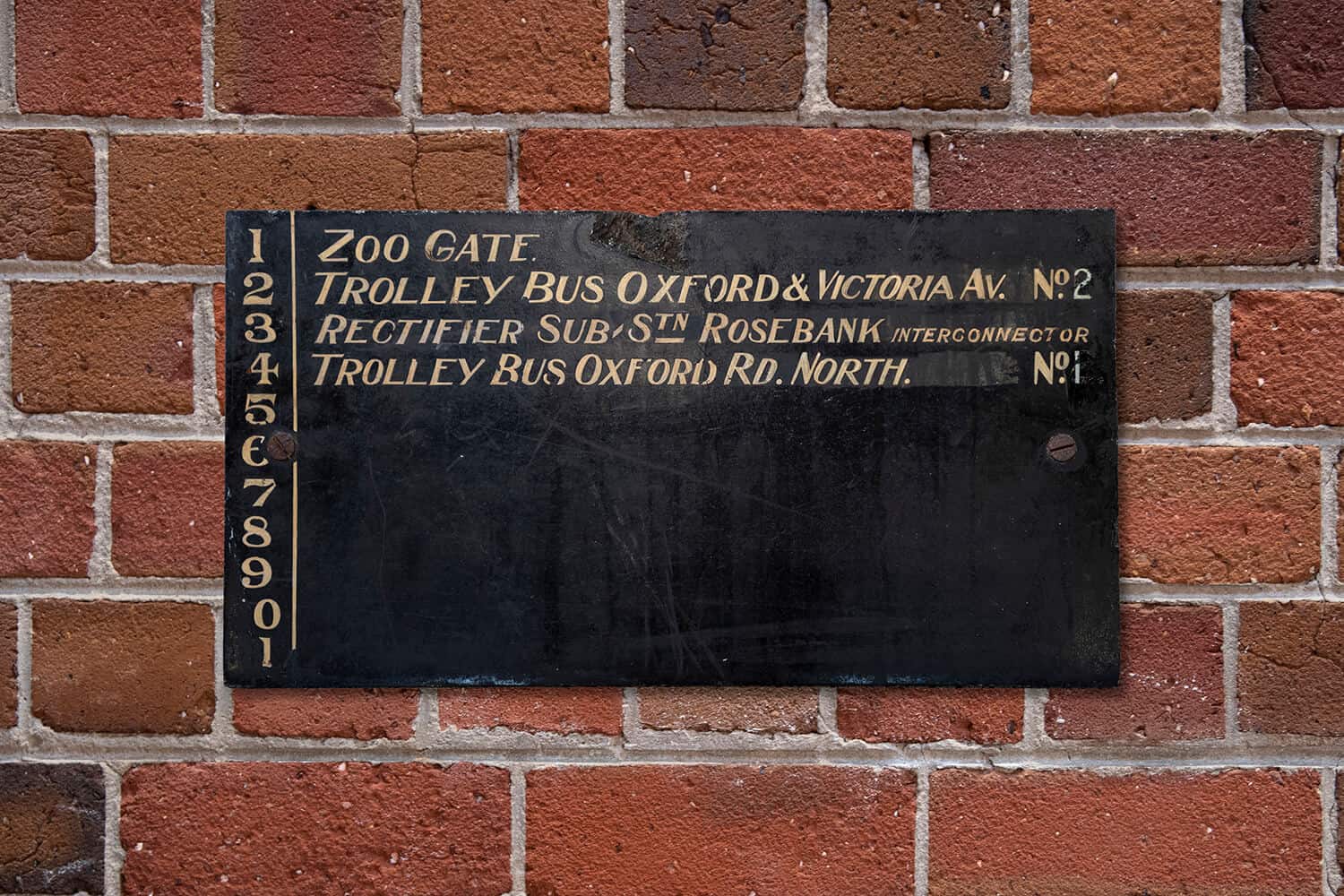The Joburg Contemporary Art Foundation (JCAF) is a hybrid institution combining an academic research institute, a platform for museum exhibitions and an innovative technology laboratory.
ART AFRICA takes a closer look at this new initiative set to make an important impact on global narratives around contemporary art.

The Joburg Contemporary Art Foundation Library. Image courtesy of JCAF. © Photography Graham De Lacy.
The Mission and Purpose of The Joburg Contemporary Art Foundation (JCAF), a non-profit organisation founded in 2013 by Adrian Enthoven, Phuthuma Nhleko and Gordon Schachat, is to play a role in globalising contemporary South African art, and to act as a catalyst in the imagining of a new contemporary African art institution in Johannesburg, South Africa.
At the heart of the foundation is a philanthropic initiative to advance the appreciation of modern and contemporary art, while educating diverse audiences through an art-historical lens. JCAF is neither a museum nor a gallery. Rather, it is a new, hybrid institution, developed in the context of an emerging cultural economy in order to make a meaningful contribution to knowledge. It aims to serve as a cultural compass, and to place particular emphasis on South to South, and South to North relations.
Its research methodology aims to provide a critical framework for the understanding, theorisation and interpretation of art through curated exhibitions, the innovative use of technology and the production and dissemination of knowledge in the Global South.
JCAF’s research programmes are founded on the principle that experience-based engagement with modern and contemporary art enriches society. Its research methodology aims to provide a critical framework for the understanding, theorisation and interpretation of art through curated exhibitions, the innovative use of technology and the production and dissemination of knowledge in the Global South.

The exterior of the Joburg Contemporary Art Foundation. Image courtesy of JCAF. © Photography Graham De Lacy.
Architecturally the building is a listed provincial heritage site and an important example of the Modern Movement. The renovation of the site preserves the modernist functionalism of the architecture while incorporating new, bespoke design elements that contrast tradition with innovation. The restoration of the existing buildings retains the original brick structure, and includes new, customised glass and steel features. Architecturally the building is a listed provincial heritage site incorporating new, bespoke design elements by Pierre Swanepoel of StudioMAS.
JCAF’s 450 square metre exhibition space is a museum-standard environment with UV-filtered glass windows, HVAC air temperature control (18–22°) and humidity control (55% RH), an FM200 gas-detection and fire-suppression system, a digital security system and an art storage-and-delivery area. A bespoke track system accommodates museum spotlights produced by Procédés Hallier. The result is a museum-standard environment for exhibitions that is the antithesis of the white cube.

Original plaque saved for historical purposes. Image courtesy of JCAF. © Photography Graham De Lacy.
Heritage: Johannesburg is a city of rapid change and innovation, whose growth has accelerated in post-apartheid South Africa, driven by a need for social transformation and global connectedness within the African context.
JCAF looks to this energy for inspiration, while seeking to serve as a place of intellectual and creative rigour, and contributing to the advancement of the city and society. JCAF is located in a former electrical tram shed and substation that formed part of a network of trams that ran between 1906 and 1961. The first electric trams serviced the inner boundaries of old Johannesburg. The Forest Town tram shed serviced two routes: L1 that ran from City Hall to Rosebank and L2 that operated between City Hall and Zoo Lake in 1932.
Trams as a symbol of the urban suggest the rich heritage of JCAF’s location and its identification with the city. JCAF acknowledges this complex history while embracing an innovative approach to design.



